The Minneapolis community is discussing what barriers create homelessness and the resources available to those who are struggling, with Minnesota adults from the ages of 18 to 25 experiencing homelessness
According to the 2021 Boynton Health College Health Survey, less than one percent of University of Minnesota students said they experienced homelessness in the past year and, of that number, 61.5% reported it negatively impacted their academic performance, which is down a percentage point from 2018.
However, 47.5% of University students reported uncertainty about their ability to cover the costs of housing in 2022, according to the SERU Undergraduate Survey.
University of Wisconsin-Madison fourth-year student Sarah Eichstadt said the importance of respect was the biggest theme she witnessed during her research and meetings with unhoused people. In her senior year of high school, Eichstadt said she wrote an ethnography about homelessness and the unhoused community in Minneapolis, describing everything from their unique personalities to their journeys and their struggles.
“I remember I wrote a lot about respect because that seems to be a very common value homeless people have,” Eichstadt said. “There’s just a mutual understanding that they’re all in the same situation.”
Eichstadt said there are a plethora of barriers preventing people from gaining stability, most notably drug and alcohol addiction, lack of affordable housing and accessibility to resources.
Mari Weigel, a social worker at the Office of Student Affairs Care program at the University, said the Care team can help students connect with mental health resources on and off campus through Appleby Hall or Boynton Health. Weigel added that various factors like addiction, housing or food insecurity could negatively impact students’ mental health just as much as their physical health.
“I have just various connections off campus and resources that I give the students so then they kind of have some agency in the process of selecting who they think might be a good fit,” Weigel said.
Eichstadt said in addition to affordable housing, minimum wage needs to be improved to make milestones like owning a home and gaining higher education more possible, especially for 18 to 25-year-olds experiencing homelessness.
“If you’re looking at young people experiencing homelessness, like college students who don’t have enough financial support and can only work a certain amount of hours a week,” Eichstadt said. “How are you supposed to afford rent?”
Eichstadt said there is an abundance of pamphlets for adults experiencing homelessness and others directed at youth programs, but there is a severe lack of accessible resources for college students.
“College students are kind of in an in-between phase,” Eichstadt said. “We’re not real adults yet, we’re not kids, our situation is so different from both of those things. So then I can imagine where do I go?”
According to the associate director of development communications at Avenues for Youth, Kevin Kjonaas, Minneapolis saw a decrease in homelessness numbers during the pandemic, but once the city’s eviction moratorium was lifted, homelessness increased. Kjonaas said about five to six years ago, Avenues was assessing around 6,000 young people a night in Minnesota, and now that number is down to around 4,900.
“It’s often the case where a young person between 16 and 24 is in a single-parent home and, if they’re evicted, maybe Mom or Dad can get into an adult shelter, and if they have little brothers or sisters they often go to live with a relative,” Kjonaas said. “The teenager or young adult is often left to fend for themselves.”
Avenues for Youth is a homeless shelter focusing on youth ages 16 to 24 experiencing homelessness in Hennepin County. Kjonaas said Avenues is a trauma-informed organization, meaning they provide the necessary tools of support to address the trauma of experiencing homelessness and what triggered this journey.
“The goal of the organization is this is the spot on a young person’s journey where their journey through homelessness came to an end,” Kjonaas said.
Kjonaas said Avenues works with 250 to 300 young people per year and offers anywhere from one night to an 18-month stay in their programs. Kjonaas added that all necessary materials like hygiene products and meals are provided along with long-term plans for housing, careers and mental and physical health support.
“We take an individualized approach to each young person,” Kjonaas said. “Upon a young person first coming into the shelter [we] will assess where they’re at, what are their goals, what resources do they have, is family unification of possibility, do they need medical care, do they need mental health support.”
Weigel said mental health and addiction are not the only impacts housing insecurity has on students, but their ability to complete their degrees. According to Weigel, experiencing homelessness is different for each individual, but if overall basic needs are not being met, academics cannot be at the forefront.
“Students do have to really weigh those tough decisions,” Weigel said.“It is a barrier to re-enroll in the University after experiencing [homelessness], but it’s definitely not impossible.”
Kjonaas said Avenues has a special focus on LGBTQI+ youth experiencing homelessness. Their website includes support through host families around the Minneapolis area as well as transitional living programs. Kjonaas added Avenues also provides drug and alcohol treatment programs.
“Drug and alcohol misuse amongst homeless youth is a factor because often young people self-medicate to treat trauma,” Kjonaas said. “We definitely have resources and referrals for them to get that sort of support.”
Weigel said additional help can be found at One Stop Student Services at the University with emergency grants for enrolled students and with their partners at Boynton Health for mental health and drug and alcohol misuse help.
Weigel added the Care team helps students navigate their questions and needs about housing security by guiding them to local resources. According to Weigel, the Care team not only helps direct students, but they can help make phone calls or meet with Hennepin County’s resources.
“As folks are trying to work with the county there’s a lot of unknowns to that,” Weigel said. “I’m more than able to assist students in making phone calls. I just don’t make phone calls on their behalf.”
Eichstadt said shelters are a great starting point for offering resources, however, there needs to be more long-term action plans.
“I think the end goal should be people are homeless for a very short period of time,” Eichstadt said. “We shouldn’t need to use shelters for people’s housing. Everyone should have stable housing.”
This article has been updated.










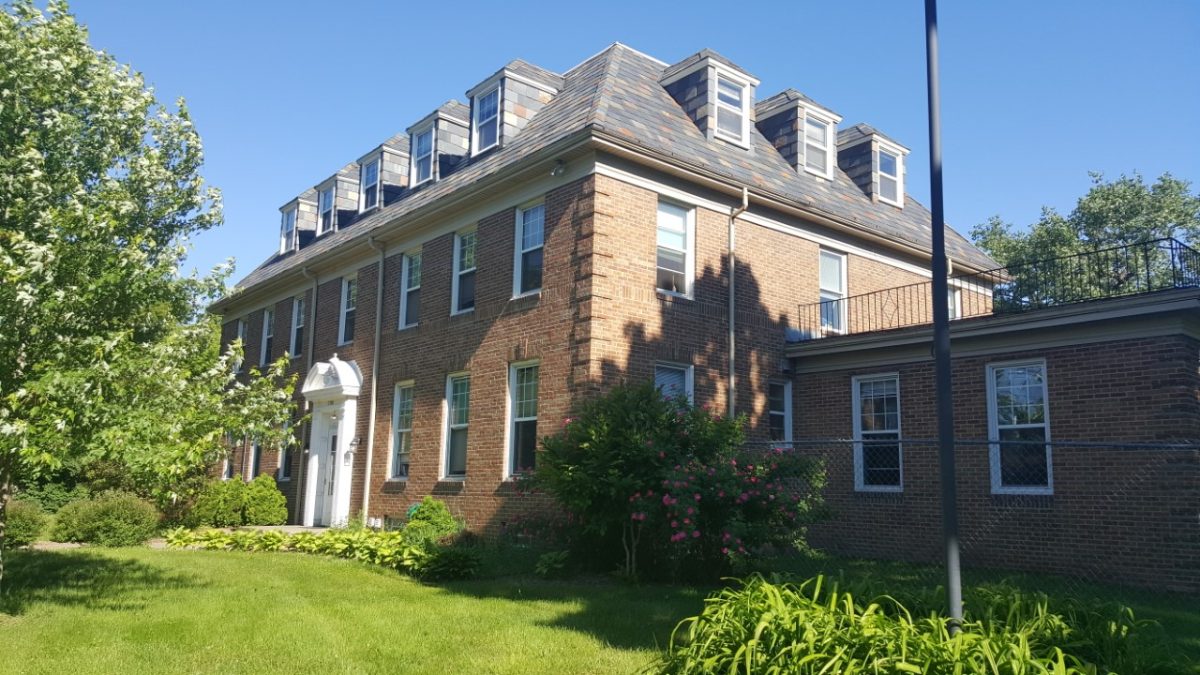












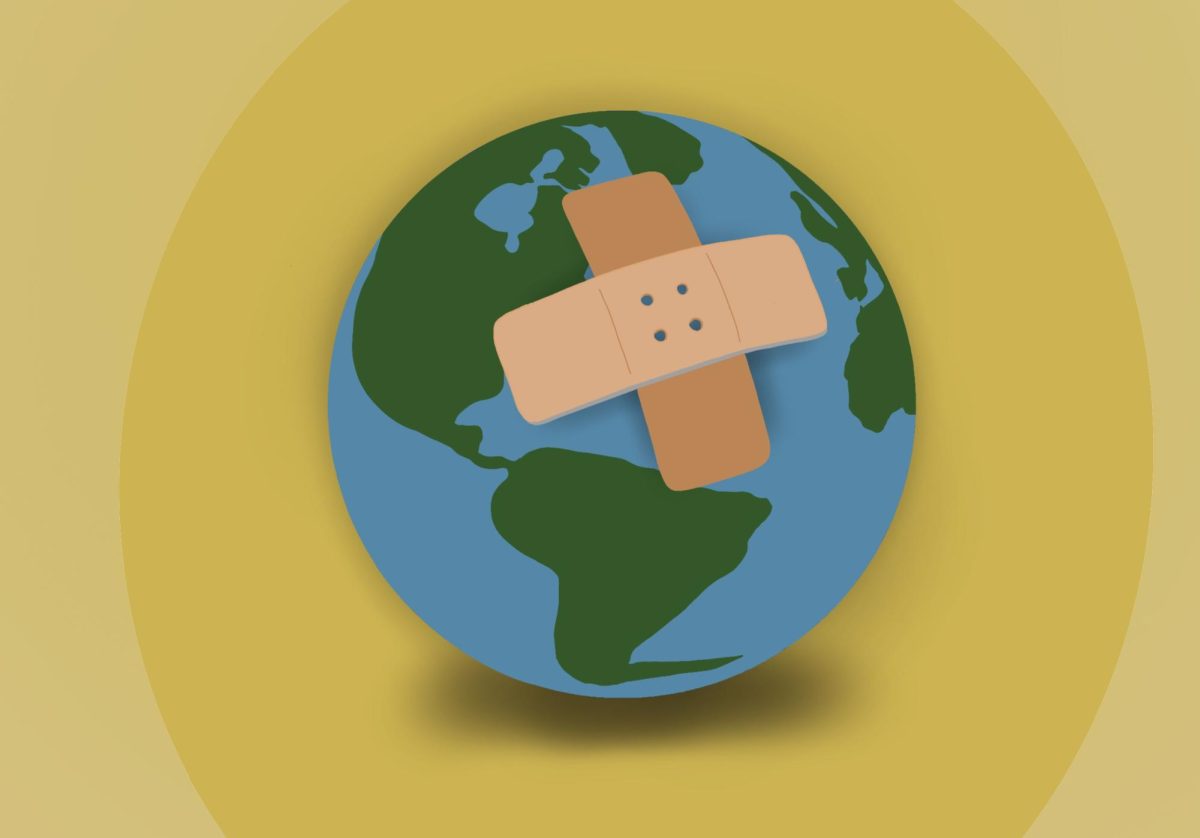
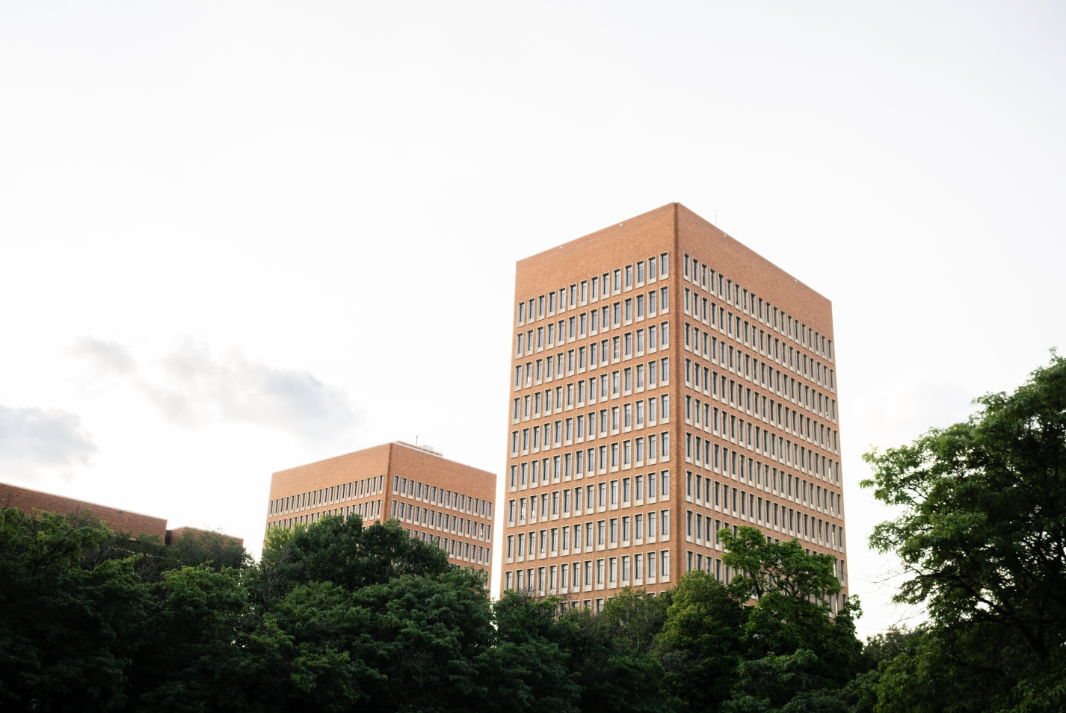
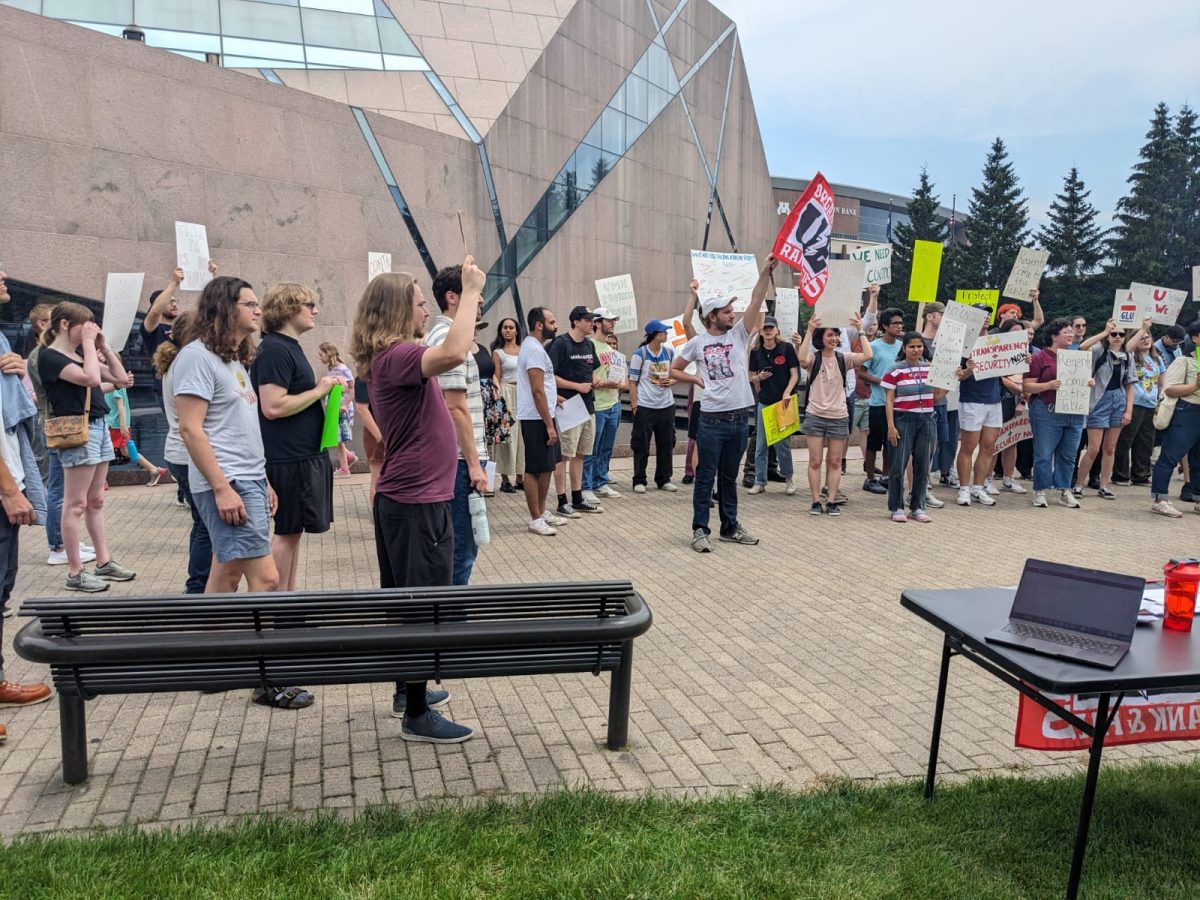

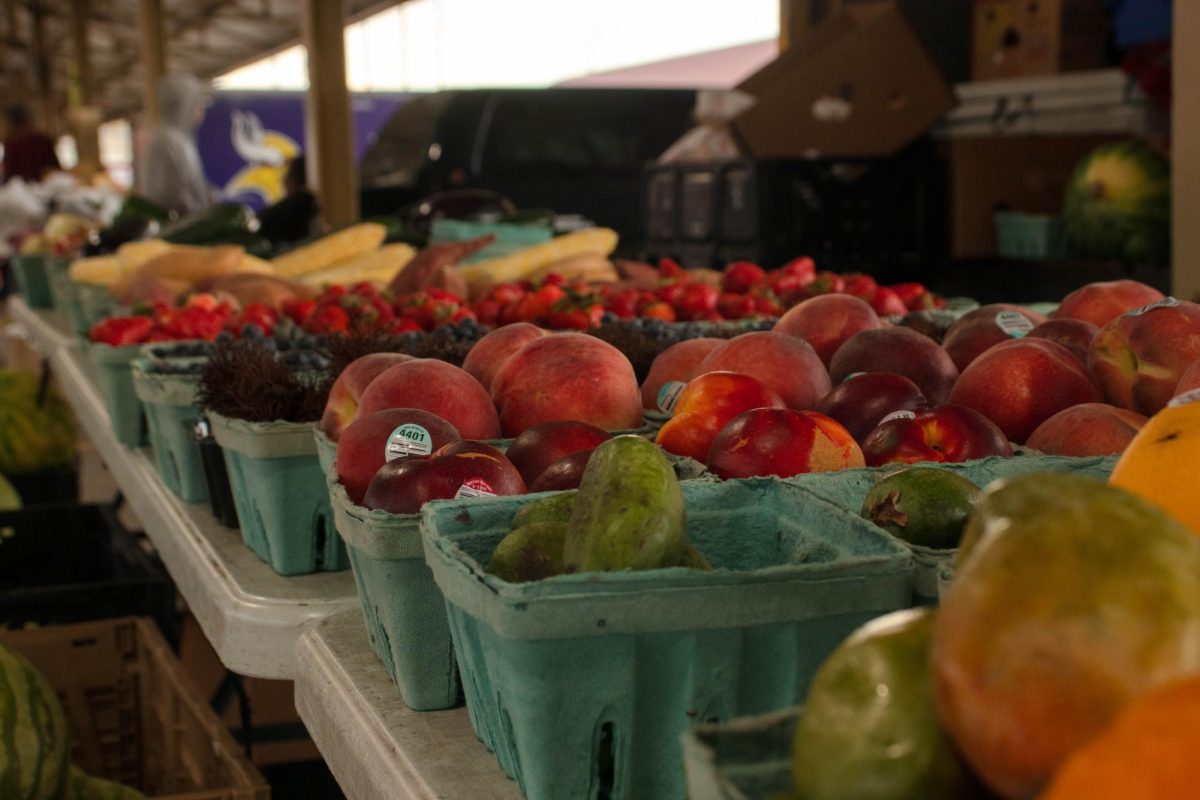

Al Bowles
Dec 22, 2023 at 9:49 am
well written article, thank you for covering a topic like this!
Ken DeYoe
Dec 7, 2023 at 5:07 pm
Title is a bit misleading and caption on image should clarify “of those experiencing homelessness” so as not to confuse readers thinking half of all students are also homeless and academically struggling. I was somewhat confused as to why LGBTQ individuals get focus when each individual is different and needs are too.
Anonymous
Dec 6, 2023 at 6:47 pm
Jessica is correct, and the subheading is also quite confusing. I was wondering where on Earth is the data that says over half of UMN students are homeless.
Jessica Stuart
Dec 6, 2023 at 8:56 am
The title in the article “Barriers to youth homelessness in Minneapolis”
was a bit misleading, at a glance it seemed to imply there were barriers to becoming homeless in Minneapolis.